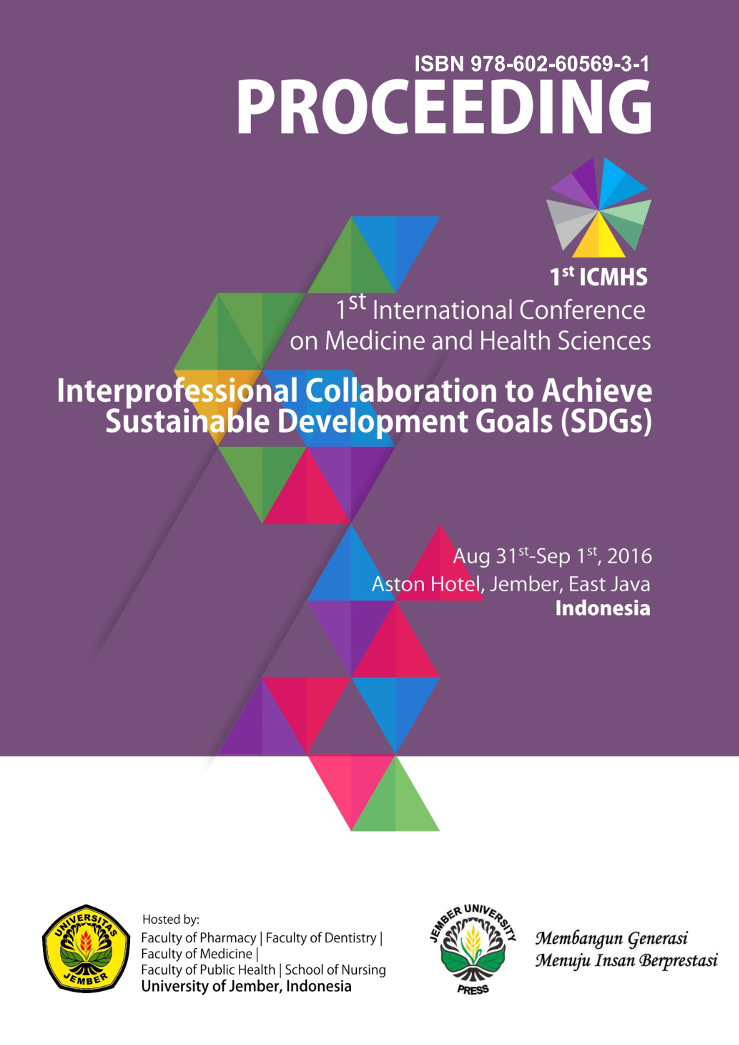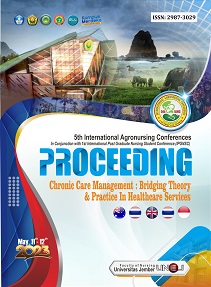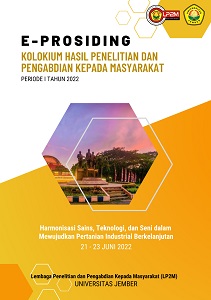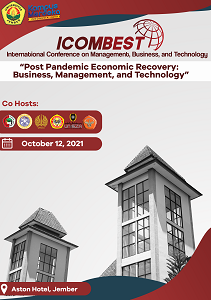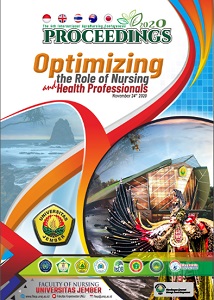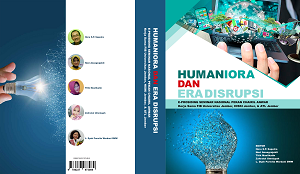RISK MANAGEMENT OF DUE TO EXPOSURE TO PESTICIDE POISONING FOR TOBACCO FARMERS IN THE JEMBER DISTRICT
Abstract
The main problem is the use of pesticides at thistime when farmers use pesticides and not on the
basis of necessity be indicative, but carried out
"blanket cover system", it means there is not a plant
pest or noxious poison that is constantly sprayed to
plant. Besides spraying technique is sometimes
downwind, causing farmers unknowingly inhale
pesticides. Excessive pesticide use behavior as it
actually causes new problems that their pesticide
residues in agricultural products, and ultimately
harm the farmers and the wider community both his
safety and health (MOH, 2006).
The issue of pesticide use also occurs in tobacco
farmers in Jember district, most of the farmers do
not pay attention to the rules of the use of pesticides
and the use of PPE is not standardized so it is very
risky to poisoning by pesticides. Jember is one of the
major tobacco-producing areas in Indonesia. Types
of tobacco grown in this region are the na-Oogst
Besuki tobacco. Besides to its rich aroma, this type of
tobacco were famous because of its elastic so it is
fitting to be a cigar wrapper. That's what makes this
tobacco known in international market
Pesticides are chemical substances that are used for
material used to control, reject, lure, or eradicate
pests. Pesticides have a major role in increasing
agricultural production. Based on the experience in
Latin America with the use of pesticides can increase
production up to 40% on cocoa. In Pakistan,
pesticides help increase sugarcane production by
33%, and based on the record FAO pesticide use can
save 50% on the results of the cotton plant (Sudomo,
1992; Mahyuni, 2015)
In agriculture, use of pesticides has been perceived
benefits to increase production. The presence of
pesticides benefits and advantages such as rapid
reduce the population of pests of plants with a
longer period of control, easy and practical to use it,
easily manufactured on a large scale and easily
transported and stored. It was economical beneficial
in use of pesticides. However, that does not mean
the use of pesticides does not cause adverse effects.
Pesticides enter the body through the skin,
absorption through the skin continue for pesticides
still in the skin, through the mouth (ingestion) due to
accident, negligence or intentional (suicide) would
result in severe poisoning and death, through
breathing can be a powder, droplets or steam can
cause serious damage to the nose, through the
throat if inhaled quite a lot. Then through blood
circulation can finally get into the organs
systematically. Organs are usually exposed to toxins
are the lungs, liver (hepatic), central nervous system
(brain and spinal cord), bone marrow, kidneys, skin,
nervous edge, and blood. The toxic effects on the
body also will give local effects such as irritation,
allergic reactions, dermatitis, ulcers, acne and other
symptoms (Ekti, 2007).
Manifestations class organophosphate pesticide
poisoning occurs in various organs in the body. Mild
symptoms that often arises is dizziness, blurred
vision, hyper saliva, nausea, vomiting, diarrhea, and
even can cause severe bronchospasm and
respiratory muscle paralysis with manifestations of
shortness of breath, as well as abnormalities in the
heart, namely the occurrence of cardiac arrhythmias.
On acute exposure, class of organophosphate
pesticides can cause respiratory problems.
Disruption of the respiratory center will cause a
symptom that leads to the progressive bradipneu
breathing. Health problems occur due to the dose
and frequency that do not fit. As an example, a dose
of 1 ml of pesticides with high value active
ingredients used for 1 ha of crops, farmers use
pesticides in their application for the
organophosphate class of ½ ha with a reason to
pests or plant pests (OPT) that attack die soon. The
frequency of spraying more than 3 times a month is
not good for health and the standard pesticide
spraying (Arifiyanto, 2008).
Risk analysis is a process consisting of the steps that
have been formulated, having the sequence (steps)
and assist in making better decisions by looking at
the risks and impacts that may occur. Risk
management is a systematic method that consists of
Proceeding ICMHS 2016 ISBN 978-602-60569-3-1
205
establishing the context, identifying, researching,
evaluating, treatment, monitoring and
communicating risks associated with any activity,
process or function so as to minimize losses of the
company (AS / NZS 4360; 2004).
The process of risk analysis as contained in the Risk
Management Standard AS / NZS 4360, which include
(1) Communication and consultation, risk analysis
needs to be communicated to all parties.
Communication used may be circular, practical
guidance, communication forums, handbooks or
guidelines; (2) define the context (purpose), this
process takes place within the framework of the
organization's strategic, organizational and risk
management context; (3) Risk identification, this
step seeks to identify risks to be managed, should be
using a good system. Risk identification should
include either exists or does not exist in the
organization; (4) Risk analysis, aiming to separate
small and large risks and provide the data evaluation
and improvement; (5) Risk evaluation, is to evaluate
the risks if those risks are acceptable or not, (6) Risk
management is the realization of a risk management
efforts workplace.
The objective of this study was to analyze the risk of
pesticide poisoning in the tobacco farmers in
Jember.
Published
2017-01-27
How to Cite
WITCAHYO, Eri; MA’RUFI, Isa.
RISK MANAGEMENT OF DUE TO EXPOSURE TO PESTICIDE POISONING FOR TOBACCO FARMERS IN THE JEMBER DISTRICT.
UNEJ e-Proceeding, [S.l.], p. 204-207, jan. 2017.
Available at: <https://jurnal.unej.ac.id/index.php/prosiding/article/view/3932>. Date accessed: 22 dec. 2024.
Section
General

